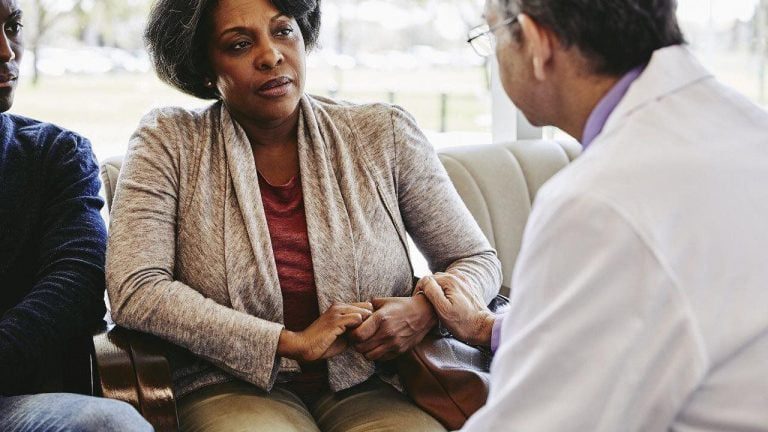
(BPT) – Health equity means everyone has access to and can benefit from quality healthcare. This is especially important when it comes to diseases such as cancer. Unfortunately, underserved communities, including ethnic and racial minority groups, older adults and those living in rural areas face numerous barriers, which can prevent them from seeking or receiving critical cancer care.
The COVID-19 pandemic has only exacerbated health inequities among these underserved communities, with people delaying or putting off screenings, follow-up appointments and other care. This delay in care can lead to later cancer diagnoses, which may make it more difficult to treat than earlier stages of cancer and could increase the chances of the disease worsening.
“Though we’ve made considerable progress in cancer treatment, significant barriers to care still exist for underserved communities,” says Dany Habr, Chief Medical Officer at Pfizer Oncology. “Collectively, the healthcare community can work together to remove these barriers and help ensure no matter who they are or where they live, people living with cancer have access to the optimal care they deserve.”
Habr highlights five key barriers to cancer care in underserved communities and possible solutions for improving outcomes:
Logistical challenges
Difficulty accessing transportation, lack of childcare and minimal time off work are a few examples of logistical challenges that could impact someone’s ability to receive cancer care. Telehealth has grown to help address some of these problems, however, some people don’t have access to the internet or adequate technology, and certain health issues require an in-person visit.
To address these barriers, health systems should open facilities in areas that lack local providers or bring care options to locations in rural areas where people often visit, such as at local sporting events or supermarkets. Healthcare providers can also consider adding weekend appointments or transportation options for greater access to care.
Communication hurdles
Health literacy — a person’s ability to find, understand and use information and resources to inform healthcare decisions for themselves and others — also impacts access to care. Low health literacy levels coupled with other factors, like language barriers, can be the cause of miscommunication between patients and healthcare providers. This can lead to a variety of negative consequences, such as decreased screenings, delayed appointments and confusion or lack of adherence to cancer care plans or prevention methods.
To educate communities about when to schedule their cancer screenings and follow-up appointments, Pfizer launched a section on their patient and caregiver website This Is Living With Cancer called Get It Done. Resources on the site also provide tips and tools for helping to prepare for appointments in both English and Spanish.
Complex medical language
Sometimes miscommunication can stem from doctors’ use of complex medical language, which may be confusing to those with cancer, and can create barriers to understanding their condition or treatment options. As a result, many underserved patients, specifically those of color, report feeling dismissed by their doctors when discussing symptoms.
To help clear up the confusion, some people seek health information themselves. The This Is Living With Cancer website has additional sections and resources, including a recently published article, “Four Tips For Finding Medical Information Online,” which provides tips on how to navigate the internet for reliable and understandable information.
Ageism
Treatments for older adults are often based on data from younger people, which can make it difficult to make appropriate cancer care decisions. Having clinical trials that accurately reflect underrepresented groups like those 65 and older, as well as minority groups, can help healthcare professionals make better individualized decisions.
In addition to improved representation in clinical trials, it is important that people 65 and older have access to appropriate resources that can help them navigate the complexities of cancer care. The This Is Living With Cancer website has a dedicated section for the older community called As We Age. This section includes resources and tools that help people living with cancer understand their diagnosis and treatment options and prepare for a doctor’s appointment.
Cultural differences
Different traditions, beliefs and cultures may influence a community’s view on healthcare. For example, according to a 2017 study, cultural beliefs can influence whether Latinas decide to prolong seeking cancer care services or following up with appointments: “Almost 50% of the women who participated in the study said they believed faith in God can protect you from breast cancer.”
To address this, healthcare communities should focus on understanding cultural ideologies of others to start discussions and educate groups on the benefits of cancer screenings and follow-up appointments.
Understanding these barriers to cancer care can help us to work together to address them and improve access to quality cancer care for all.